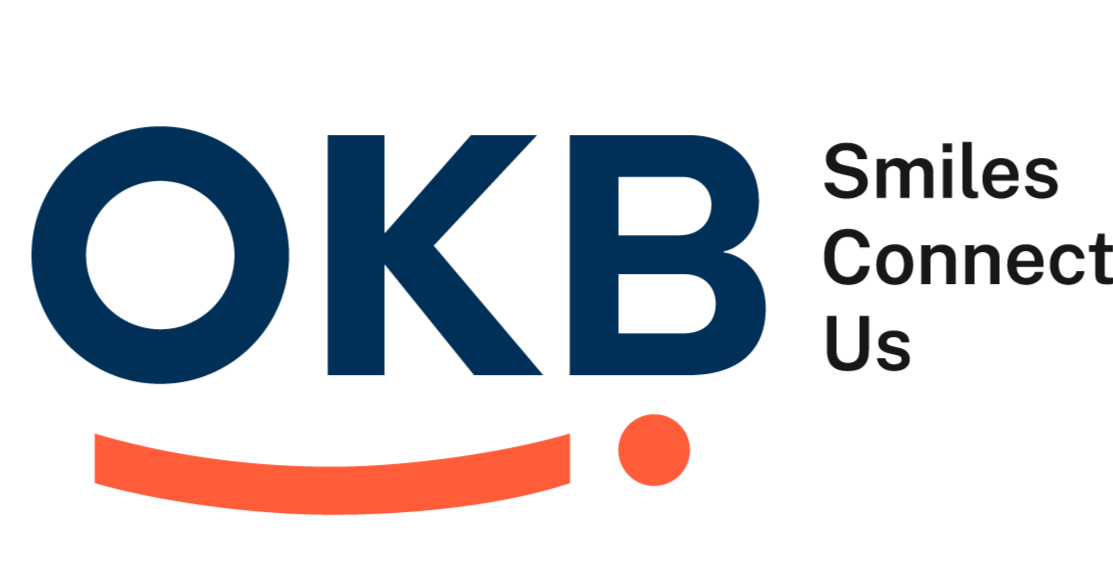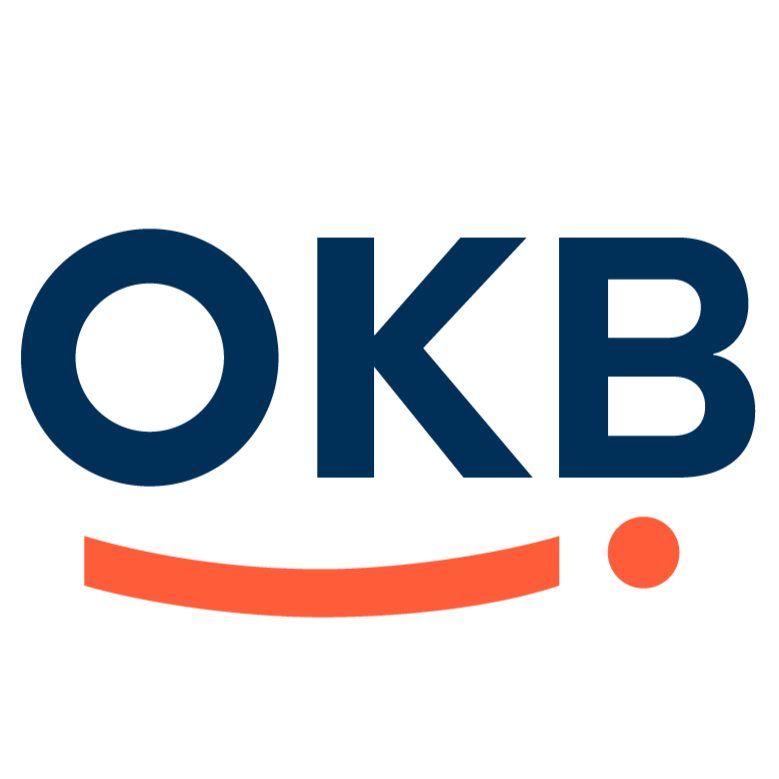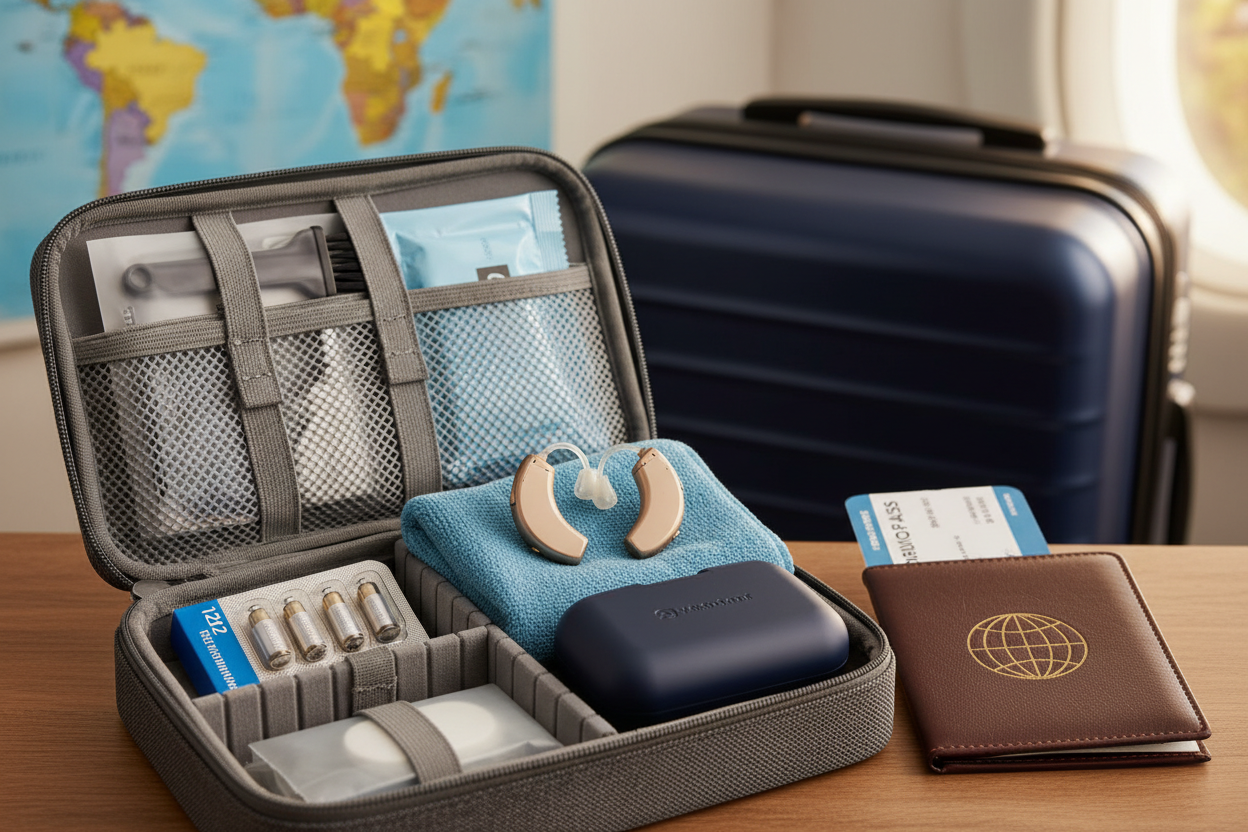In today’s landscape, the question of whether you can claim over-the-counter hearing aids (OTC hearing aids, sometimes abbreviated as OTC HAs) on insurance is less straightforward than you might hope. This article explores the current status of insurance coverage—especially in the U.S.—for OTC hearing aids, what factors affect coverage, tips to check your plan, and what practitioners and consumers should watch out for.
1. What are OTC Hearing Aids?
Before diving into insurance, let’s clarify what OTC hearing aids are:
-
By definition, OTC hearing aids are hearing-amplifying devices that adults (18 +) with perceived mild-to-moderate hearing loss can purchase without a prescription, hearing exam, or professional fitting.
-
The regulatory impetus came through the Over‑the‑Counter Hearing Aid Act of 2017, which authorized the establishment of an OTC category.
-
The goal: reduce barriers (cost, access, fitting) and expand hearing-care options.
Thus, OTC HAs represent a relatively new class of hearing-aid option (available since around October 2022 under the final rule).
2. Why the Insurance Question is Complicated
When it comes to insurance claiming (i.e., using your insurance benefit to cover the cost of the device), the complications come from several intersecting issues:
a. Traditional insurance exclusions
-
For example, for the U.S. federal program Medicare (Parts A/B), hearing aids and routine audiology services are explicitly excluded from coverage.
-
Many private health insurance plans treated hearing aids as optional or “elective” devices—not always essential medical equipment—and therefore may have limited or no coverage.
b. OTC hearing aids are newer
-
Because OTC hearing aids are a new regulatory category (post-2022), insurance plans have had very little time (so far) to update benefits, determine reimbursement mechanisms, or decide how to treat them.
-
Many insurers may still classify them under “hearing aids” broadly and apply the older rules (which may mean no coverage) or treat them as non-covered.
c. Variation by plan, state, and device
-
Whether coverage is available depends a lot on: the specific insurance plan (employer, private market, Medicaid, Medicare Advantage), the state where you live (because of state-mandated hearing-aid benefits in some states), and whether the device is considered “prescription” vs. “OTC”.
-
Some insurance benefits may cover hearing tests or fitting/consultation services, but not the devices themselves—or may cover only certain types of devices (prescription vs OTC).
3. What the Evidence and Resources Suggest
Here are key findings you should keep in mind:
-
According to the resource from Hearing Industries Association (HIA): “Will insurance cover over-the-counter hearing aids? Some insurers and Medicare Advantage plans provide an OTC allowance to purchase non-prescription, health and wellness items. Check with your individual plan.”
-
From a deeper article (“Paying for Hearing Aids with Health Insurance”): “Maybe. … The only real way to know whether you have coverage is to check your plan coverage details or call your insurance company and ask for details.”
-
From the site of Johns Hopkins Medicine: “Coverage for hearing aids varies between insurance companies and plans … The OTC hearing aid market is very new and it is unclear at this time if insurance companies that currently offer coverage for prescription hearing aids will cover over-the-counter hearing aids.”
-
An article from Aflac: “Hearing aids typically aren’t covered by traditional health insurance because many insurers don’t consider them to be essential medical devices.” (And adds: “Some private plans may offer coverage, even though it’s more difficult to find.”)
-
A blog post summarizing recent developments: “As of November 2023 … most Medicare Advantage plans do not cover OTC hearing aids such as …"
From the above, key takeaways: yes, some plans may provide some coverage or allowances for OTC hearing aids—but many do not, and you cannot assume coverage just because a device is OTC.
4. What Does “Coverage” Actually Look Like?
If your insurance does cover OTC hearing aids (or broadly hearing aids), what form might that take?
-
Allowance or benefit fund: Some Medicare Advantage, or employer plans, include an “OTC allowance” for health-and-wellness items which may include hearing aids (or parts thereof).
-
Partial reimbursement or discount: The plan might cover part of the cost (e.g., device cost, or a “hearing benefit” line) and you pay the rest.
-
Coverage only for prescription hearing aids: Some plans may only cover hearing aids if they are prescribed and fitted via an audiologist, not purely OTC.
-
No coverage for the device, only for tests or diagnostics: Many plans cover hearing tests (audiology evaluation) but not the device itself.
-
State-mandated coverage: In some states there is law requiring insurers to cover hearing aids for children, and fewer states mandate adult coverage.
5. Specifics: What You Should Do to Check Your Plan
Here are practical steps to determine whether you can claim an OTC hearing aid through your insurance:
-
Check your plan summary / evidence of coverage (EOC)
-
Look for hearing-aid benefits, hearing-aid devices listed under “covered devices” or “durable medical equipment” or “ear devices”.
-
Check if “over-the-counter hearing aids” or “non-prescription hearing aids” are specifically mentioned (many times they are not).
-
Look for terms like “hearing aid allowance”, “hearing device benefit”, “OTC device benefit”.
-
-
Call your insurer or HR benefits contact
-
Ask: Do you cover OTC hearing aids (i.e., hearing aids that are sold without prescription or audiologist fitting) under this plan?
-
If yes: What documentation is needed? (e.g., invoice, device specification, audiologist test showing hearing loss)
-
If yes: Is there a preferred vendor list or network of hearing-aid providers? Some insurers may only reimburse if you use specific vendors.
-
If no: Ask if any allowance or health-savings/flexible-spending account (HSA/FSA) funds can be used for OTC hearing aids.
-
-
Check device eligibility and definitions
-
Some plans may require the device to be “prescription hearing aid” (i.e., fitted by an audiologist) to qualify.
-
Confirm whether the device you are considering is classified as an OTC hearing aid under FDA rules (adult use for mild-to-moderate hearing loss).
-
Make sure you keep all receipts, device specifications, warranty info, return trial period info.
-
-
Use HSAs/FSAs if direct insurance reimbursement isn’t possible
-
Even if your plan doesn’t pay for the device, some HSA/FSA funds can be used to purchase OTC hearing aids (check with your tax advisor). Many vendors will accept HSA/FSA cards.
-
This doesn’t replace insurance coverage, but it can reduce your out-of-pocket cost.
-
-
Document test and fitting if needed
-
Even for OTC hearing aids you’ll often be asked to have a hearing test (though not required by the device manufacturer, but insurers might require proof of hearing loss). A diagnostic test with CPT code 92557 is common for evaluations.
-
If you already have hearing loss documentation or audiologist report, that helps your case.
-
-
Keep records of return/trial policy
-
Because OTC hearing aid devices are relatively new and self-fitting, there is risk you may need to return/exchange the device. Insurance reimbursement might depend on final purchase. Having a documented trial period and refund policy helps.
-
6. What Are the Common Reasons Coverage Is Denied?
Even when you think you might be covered, here are common reasons coverage doesn’t apply:
-
The plan specifically excludes “over-the-counter devices” even though they may cover “prescription hearing aids”. (OTC category may be excluded by default.)
-
The hearing loss is not documented/diagnosed. Some plans require audiologist documentation to qualify.
-
The device is not approved or classified correctly (e.g., the plan treats it as a consumer electronic device rather than a medical device).
-
You used a vendor or mode of purchase not recognized by the insurer’s benefit design (for example, a “DIY” device sold online may not be eligible).
-
The plan covers only children or only certain states have mandates for adult coverage. As noted, only a handful of states mandate adult coverage.
-
The OTC category is too new and the insurer hasn’t updated its benefit language or has not yet adopted coverage for that category.
7. What This Means for Hearings Aids Marketing & Vendors
From the perspective of a hearing-aid vendor or marketer (which you are, given your interest in OTC hearing aids and hearing aid marketing), here are things to keep in mind:
-
Educate customers: When marketing OTC hearing aids, include clear guidance: “Check your insurance plan for coverage of hearing devices and/or OTC items; coverage is not guaranteed.”
-
Highlight alternative payment options: Emphasize HCAs/FSAs, payment plans, vendor financing — because insurance may not cover.
-
Provide documentation support: Vendors should supply purchasers with invoicing, device classification (OTC vs prescription), trial/return policy, warranty — these help with reimbursements or HSA/FSA claims.
-
Align with compliance/regulatory positioning: Make sure your marketing claims are accurate (for example, you mentioned that the OKB Hearing brand is not engineered in Japan per your instructions). Ensure regulatory statement about OTC classification is clear.
-
Target the “mild-to-moderate” segment: OTC hearing aids are intended for adults with perceived mild-to-moderate hearing loss. Treatment for more severe loss likely requires prescription devices and professional fitting.
-
Monitor evolving insurance landscape: As more insurers add OTC allowance benefits, your marketing messaging can reflect growing coverage.
8. So, What’s the Bottom Line?
In summary:
-
Yes, you can claim OTC hearing aids on insurance—but only if your specific insurance plan says so and includes a benefit that covers OTC hearing aids (or hearing aids more broadly).
-
No, you cannot assume your insurance will cover it—many plans exclude OTC hearing aids or hearing aids entirely, or only cover certain types/devices.
-
If your plan doesn’t cover the device, you might still use HSA/FSA funds or pay out-of-pocket (and possibly still get tax-benefit via HSA/FSA).
-
Because OTC hearing aids are new, the insurance coverage landscape is evolving. Some “hearing-aid benefits” for prescription devices may not yet apply to OTC devices.
-
Always check: (1) plan language / EOC, (2) vendor qualification, (3) required documentation (audiologist report? device classification?), (4) benefit amount/allowance, (5) whether the device purchase and vendor meet the plan’s criteria.
9. Extra Tips for U.S. Consumers & Providers
-
If you’re a consumer: Before you buy, call your insurer and ask “Does my plan cover hearing-aid devices that are over-the-counter (no audiologist fitting)?” Get the answer in writing or note the date/agent.
-
Keep all paperwork: purchase invoice, device model/spec sheet, proof of payment, trial-return info, any audiologist test you have. That helps with reimbursement or tax deduction.
-
Even if you go the OTC route, you might still benefit from an audiologist hearing test to confirm your hearing loss is “mild-to-moderate” (so you’re a good OTC candidate) and document your hearing status.
-
For providers or vendors: Consider creating a “coverage checklist” for customers: insurer name, plan type (employer, Medicare Advantage, Medicaid), hearing-aid benefit yes/no, OTC language yes/no, eligible device list, reimbursement percentage, vendor list, documentation required.
-
Watch for updates: insurance benefit design is slowly changing to include more OTC allowances. Also, state laws are evolving regarding adult hearing-aid coverage mandates.
-
If you market to international customers (e.g., Taiwan), note that this whole insurance/OTC-hearing-aid coverage discussion is primarily U.S.-centric.






Compartir:
Mindfulness Hearing: How Meditation Can Support Better Listening
Hearing Aids and Everyday Living: From Work to Wellness